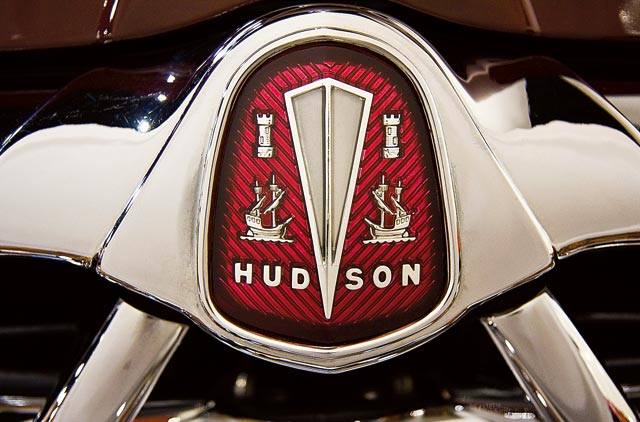
They say the first motor race took place when the second ever car rolled out of someone’s shed. In motoring history there are many geneses, for mid-engined road-going supercars, for unibody construction, for transverse-engined front-wheel drive vehicles, for carbon-monocoque hypercars… But up for endless debate is the origin of the muscle car.
A big engine in a small chassis. By that definition why can’t the 1924 Fiat Mephistopheles be one of the earliest muscle cars? With a 21.7-litre engine — a big block if there ever was one — and named after a German folklore demon, it fitted the outrageous power criterion of the definitive muscle car and carried an evocative name. Crucially, it was rubbish at corners. Ah, but it wasn’t a Yank tank, another decisive facet of a muscle car. Also it used a bus chassis, so let’s try that again…
The first muscle car… Many will fanatically spit out legendary names like GTO, Mustang and Barracuda, declaring their undying love for one of the Big Three. But the muscle car goes back way further than the mid-Sixties, when the 1949 Oldsmobile Rocket 88 — suitably named for the onset of the muscle car era — set out to dominate Nascar’s banked ovals with a high-compression V8 set in a smaller GM chassis. In the 1950 season the Rocket 88 won races. GM was winning on Sunday and selling on Monday, leaving Chrysler’s and Ford’s dealership forecourts
a bit dusty.
For the following year, Chrysler’s Plymouths and Ford’s Mercurys and, well, Fords, filled the field with the Rocket 88s and had themselves a Big Three punch-up. Except an outsider decided to gatecrash that party.
Detroit’s Hudson Motor Car Company was struggling to compete with the Big Three for nearly half a century since its 1909 founding. Sales peaked in 1929, but from then on the sales chart wasn’t pretty.
However, the engineering- and innovation-driven carmaker, introduced the Hudson Hornet for 1951, featuring the company’s new ‘step-down’ design — a cabin compartment set deeper within its monocoque body so the passengers step down into the car, rather than up over the ladder frame rails. This lowered the centre of gravity and improved the car’s handling.
Immediately Hudson took its inline six-cylinder Hornet racing, trumping the powerful high-compression Olds Rocket 88 and taking the 1951 title with full manufacturer support. Hudson became the first carmaker to go racing as a works factory team, dominating the stock cars throughout the early to mid-Fifties.
Its Detroit headquarters saw the value of Nascar exposure and supported all the drivers of Hudson Hornets — racing legends such as Marshall Teague, Herb Thomas, Tim Flock — with money for go-faster development.
In order to catch up to this outsider — the first non-Big-Three brand to dominate the Nascar ovals — GM, Ford and Chrysler started pouring millions into the sport, giving birth to industry-backed racing that’s become the norm today.
After the 1955 season, Nascar adapted its rules for the growing ovals — and increasingly paved surfaces instead of dirt — to emphasise and favour big power over the Hudson Hornet’s agile handling prowess.
The Hornet stopped winning on Sundays and Hudson stopped selling on Mondays. The name disappeared in 1957. But the muscle car had only just begun.












